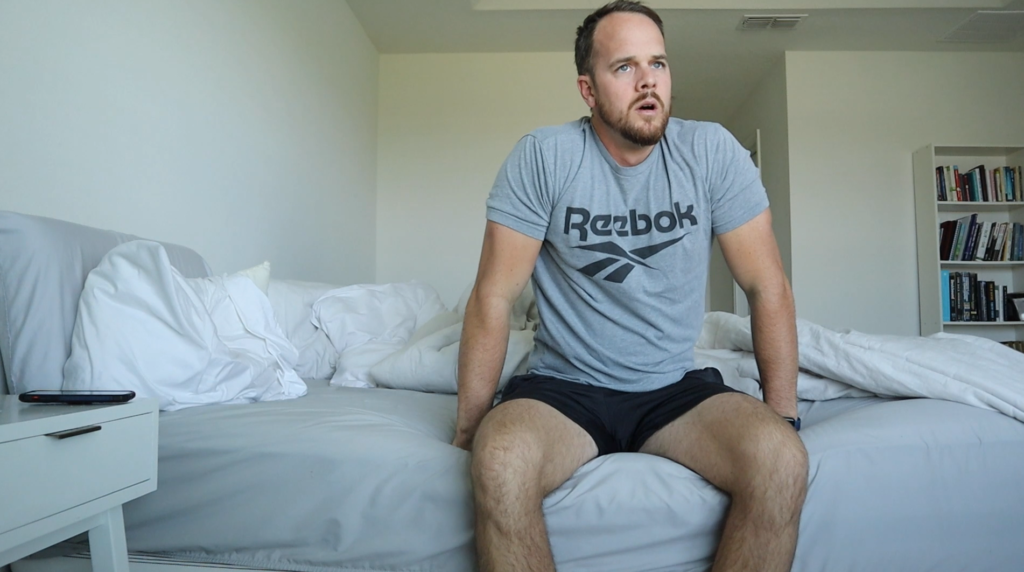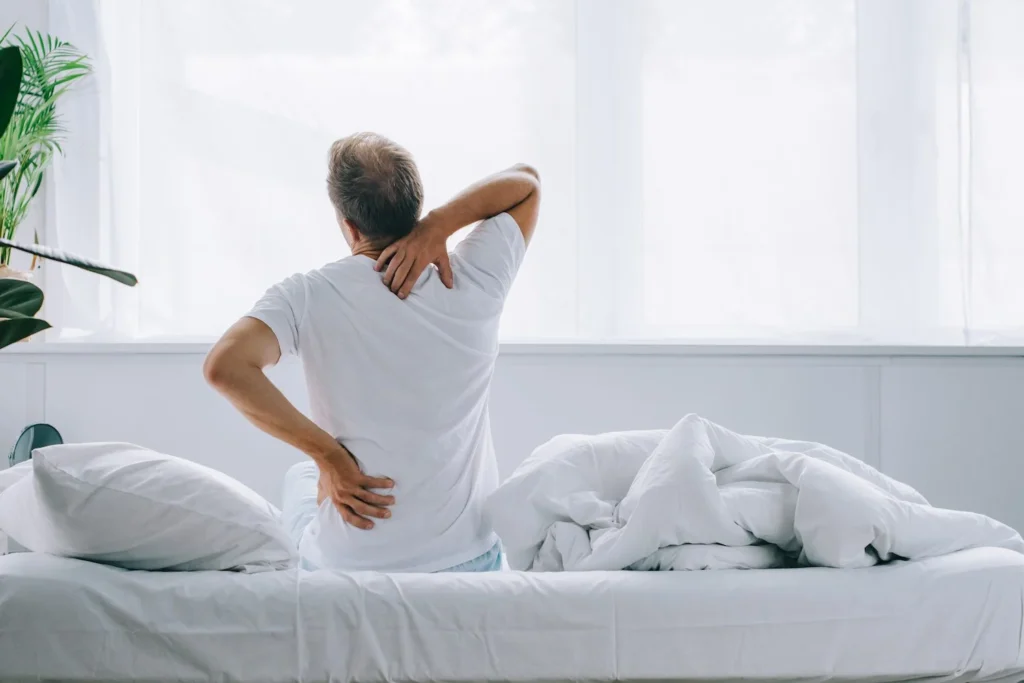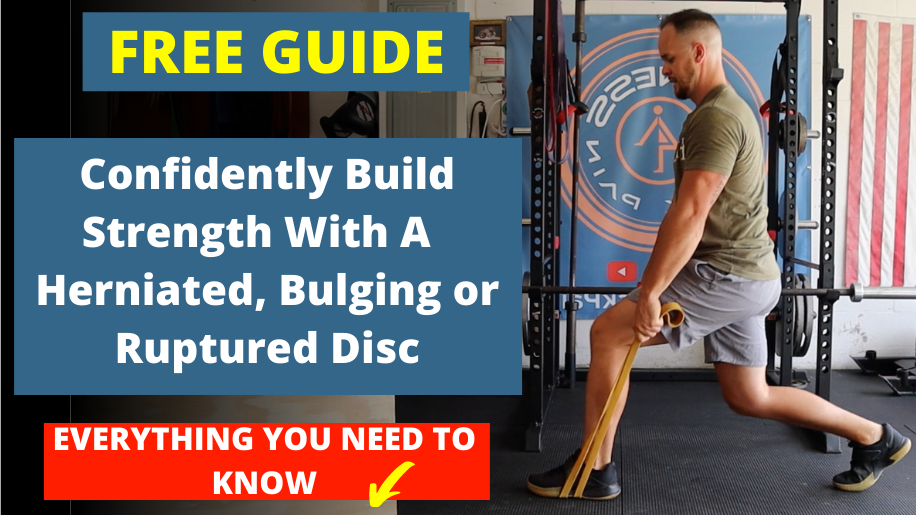How To Get Rid Of Morning Back Pain | These 2 strategies are a lifesaver!
Does your low back seem super sensitive first thing in the morning?
Do you dread flipping over in the middle of the night due to the pain or “catching” sensation you get in the low back?
Morning back pain is super common, but as you work on your long-term strategy, there are some simple things you can start doing RIGHT NOW for fast relief.
In today’s video, I’ll share two powerful “ninja tricks” that revolutionized my morning back pain within 24 hours of implementing them.
Today you’ll discover:
- Why you have pain when flipping over in bed in the middle of the night
- How to control the controllable when it comes to your morning back pain.
- The only two things you need to do the moment you go to move your body to get out of bed!
One of the most important elements for lasting relief is a PAIN REDUCING Exercise strategy.
If you don’t have one, START HERE with my free pain-free strength guide!!
Is Morning Back Pain Caused By Sleeping Wrong?

It’s believed that morning back pain is as simple as making sure your sleeping position isn’t making things worse.
This makes sense but remember, 98% of what you do while sleeping is out of your control.
So if sleeping on your stomach is a problem, you can only do so much to consciously keep yourself off your belly.
So what do you do?
There is definitely a discussion around sleeping positions, but I prefer to first focus on what you can control.
These are bedtime routines, daily habits, workout habits, and morning routines.
These are treasure troves of opportunities to eliminate potential pain amplifiers that keep your morning back pain coming back.
What Is The Best Sleeping Position For Back Pain?

When finding the best sleeping position for back pain, you must do some trial and error.
Odds are, the positions that cause sensitivity while you are awake will more than likely cause pain while you are asleep.
This means if twisting the low back while awake hurts, sleeping in a twisted position will create the same level of sensitivity, especially if you stay in that position for hours and hours.
So instead of finding the perfect position, experiment with getting into and keeping yourself in the ideal position to support a good spine position.
This is especially true when you are in the high-sensitivity phase of your recovery.
As you become less sensitive, your ability to sleep in different positions will increase, but that has to be earned.
Base your ideal sleeping positions around the positions that bring the least amount of sensitivity while you are awake.

